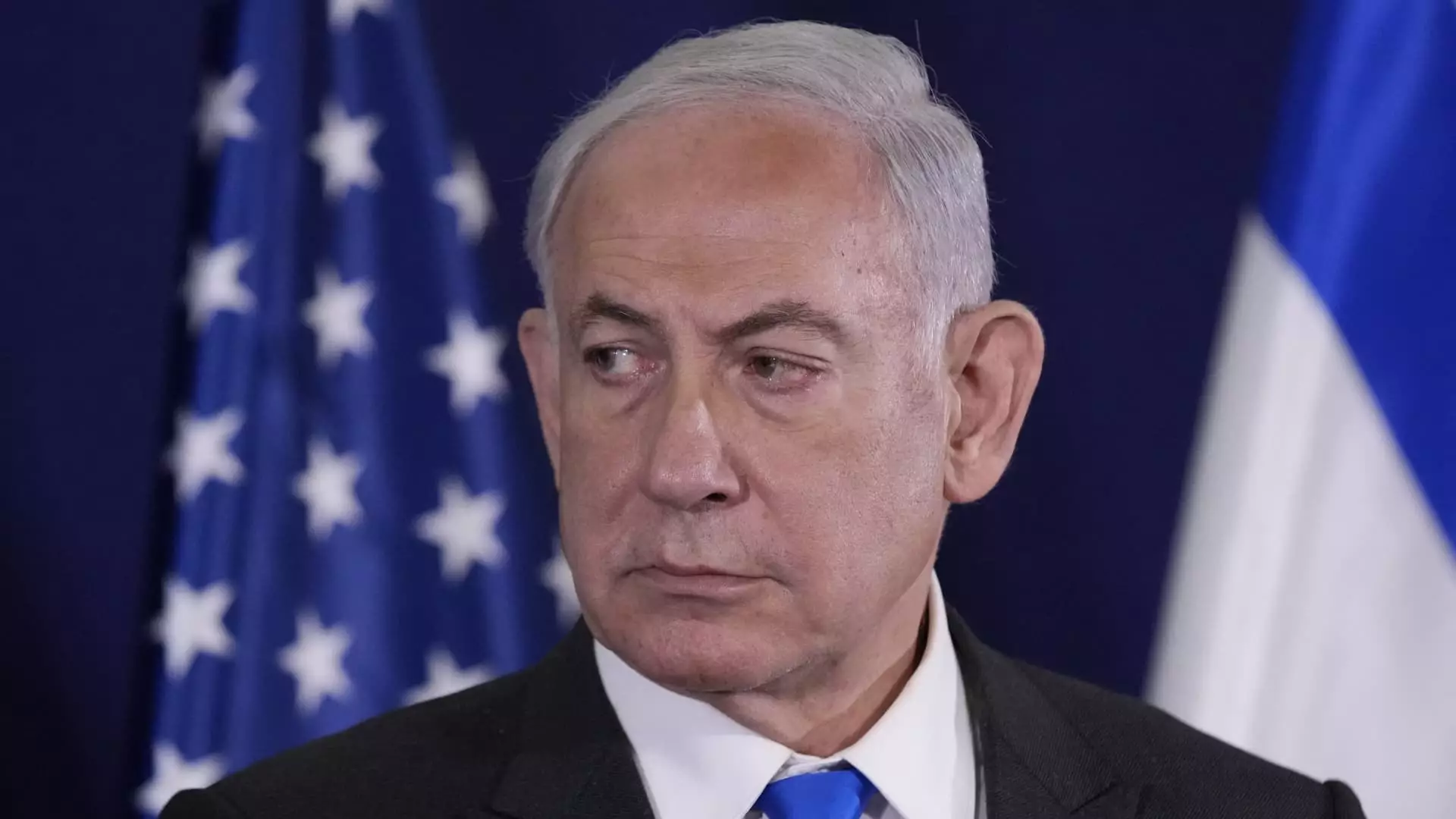Following the recent conflict in the Gaza Strip, Israeli Prime Minister Benjamin Netanyahu has unveiled a bold and controversial plan for the future of the region. In a document released overnight, Netanyahu outlined his vision for maintaining Israel’s military presence in the enclave and establishing a security buffer zone, much to the dismay of Washington and other international allies.
Netanyahu’s plan focuses on immediate goals such as demilitarizing Hamas and rescuing Israeli hostages held by the militant group. In the long term, Israel aims to maintain full operational control over the entire Gaza Strip without any time restrictions. Additionally, the proposal includes the retention of a security buffer zone within the territory despite opposition from the U.S.
The United States, a staunch supporter of Israel’s right to self-defense, has voiced its concerns over the plan. Washington has rejected the idea of reducing the size of Gaza or establishing a buffer zone within the territory. This has created a diplomatic challenge between the two allies, with potential implications for future relations.
One of the key aspects of Netanyahu’s plan is the exclusion of the Palestinian Authority from any involvement in the administration of the Gaza Strip. Instead, the proposal calls for local individuals who are not associated with terrorist organizations to govern the region. This move has sparked debates and raised questions about the feasibility of such an arrangement.
The document also addresses the issue of reconstruction in the Gaza Strip, stating that it can only begin after certain conditions, including demilitarization and de-radicalization, have been met. Furthermore, Netanyahu calls for the closure of the U.N. Relief and Works Agency, accusing some of its members of being involved in terrorist activities. This has raised concerns about the impact on humanitarian aid in the region.
Netanyahu’s proposal has been met with mixed reactions domestically and internationally. While it appeals to his far-right support base, it also highlights the division within his government. Some members have expressed more extreme views, while others advocate for a more moderate approach. This internal conflict has also widened the gap between Israel and its allies, particularly the United States.
The aftermath of the Gaza conflict has underscored the complexities of achieving a lasting peace in the region. While Washington has been a proponent of a two-state solution, recent events have cast doubt on the feasibility of such an outcome. As the international community seeks to find a way forward, it faces numerous challenges and obstacles that must be overcome.
Netanyahu’s plan for the Gaza Strip post-conflict presents a set of contentious issues and obstacles that must be addressed. The future of the region remains uncertain, with conflicting interests and priorities at play. As efforts to promote peace and stability continue, it is essential for all parties involved to engage in constructive dialogue and seek common ground for the greater good of the people living in the Gaza Strip and the wider Middle East.

Leave a Reply